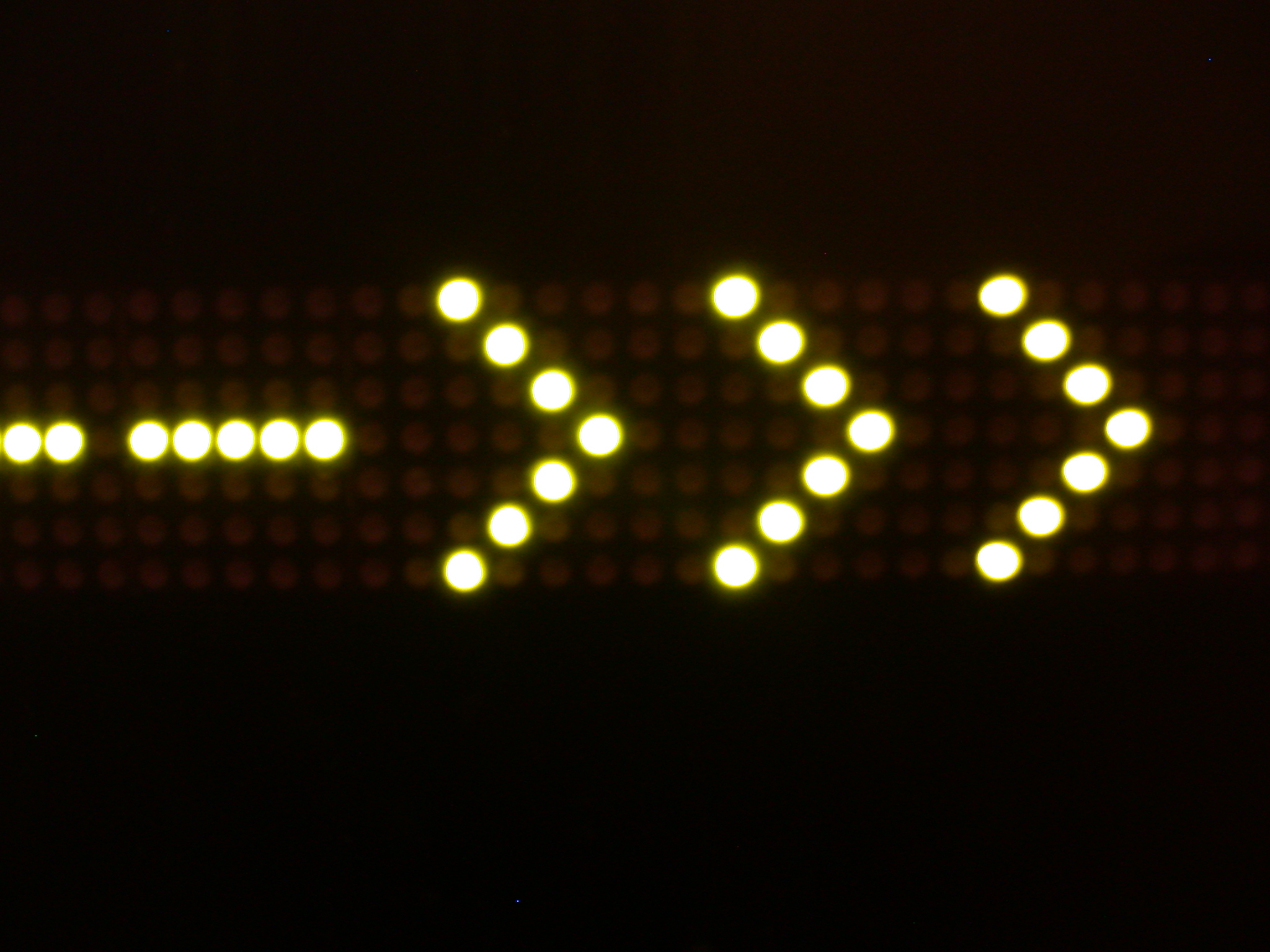 01. Display effect
01. Display effect
The final effect of the display device is the core selection criterion, and different display technologies must have some differences in the display effect. Of course, this is very abstract. For details, please refer to the following table. ?
02. Display brightness
There is no need to worry about the shortage of the two splicing technologies. On the contrary, the small-pitch LED electronic screen known for its high brightness is facing the problem of being too bright-one of the main marketing technical levels of the small-pitch LED display electronic screen is “low brightness”. In contrast, the LCD display is more appropriate in terms of brightness level, and is suitable for the application of super large display screens. On the contrast index, small-pitch LEDs are the best, but from the demand side, the contrast of the two technologies exceeds the needs of real display and the resolution limit of the human eye. This makes the contrast effect, the pros and cons of the two technical screens depend more on the optimization of the software than the limit value of the hardware.
03. Resolution (PPT) index
Although small-pitch LEDs have been making breakthroughs, they still cannot compete with LCD splicing screens. At present, only LCD screens can achieve 2K popularization on 55-inch units. In the future, only LCD screens are promising and can popularize 4K. For small-pitch LED electronic screens, higher pixel density means that the difficulty of stability design shows a geometric base increase. If the pixel pitch is reduced by 50%, the backplane density must be increased by 4 times. This is why the small-pitch LED has already broken through the bottlenecks of 1.0, 0.8 and 0.6, but the root cause of the mass application is only products like 3.0/2.5. In addition, it is worth reminding that the “practical value” of the LCD screen’s advantage in pixel density is not very clear. “, because users seldom demand such a high pixel density.
04. Color range
The indicator of color range is generally not the most concerned direction of video wall products. Except for application scenarios such as broadcasting and television, the video wall market has never been strict with the demand for color reproduction range. From a comparative point of view, small-pitch LEDs are natural wide-color gamut products. Liquid crystal depends on what kind of light source is used.
05. Color resolution index
The color resolution index is the actual viewing experience of the color range on the contrast index, which represents the ability of the display screen to finally restore the color. There is no brightening method for the measurement of this index. Double advantages must be the best technology.
06. Refresh frequency
The refresh rate is a key indicator to effectively suppress the flickering feeling of the screen. The refresh rate of LED screens is generally very high, and most of the liquid crystals are at the level of 60-120Hz, which has exceeded the resolution limit of the human eye.
07. Point defects
Point defects refer to the probability of dead pixels, bright spots, dark spots and color channels in display devices. In this regard, liquid crystal products can also be controlled to an excellent level. In comparison, effective control of point defects is one of the main technical difficulties of LED screens. One, especially as the pixel pitch shrinks, the difficulty of control grows geometrically.
08. Element thickness
In terms of unit thickness, liquid crystals have inherent advantages, and they have been continuously optimized and improved; although the small-pitch LED display has achieved ultra-broadband at present, there is not much room for improvement in the future.
In terms of optical pollution and visual comfort, liquid crystals mainly refer to glare and high-frequency blue light, while small-pitch LEDs are over-bright and high-frequency blue light.
09. Consumables and display core life indicators
It mainly refers to the lamp beads and backplane of the LED display, the screen body of the LCD and the light source. In this regard, the lifespan advantage of the liquid crystal is the most clear, and the overall can reach 100,000 hours. The individual differences of the lamp beads of the LED screen and the stability of the backplane The problem dictates that the lifetime difference between individual splices of this type of product is quite significant, and individual units may soon need to be replaced.
10. Engineering cooling
Engineering heat dissipation is an inevitable requirement for long-term stable operation of large-scale display systems. In this regard, liquid crystals have more significant advantages because of their low power consumption and low power consumption density. Although small-pitch LEDs have the characteristics of low power consumption density, but The overall power consumption will still be higher. At the same time, small-pitch Soft LED Curtain Display products with high heat dissipation requirements also mean higher system noise.
